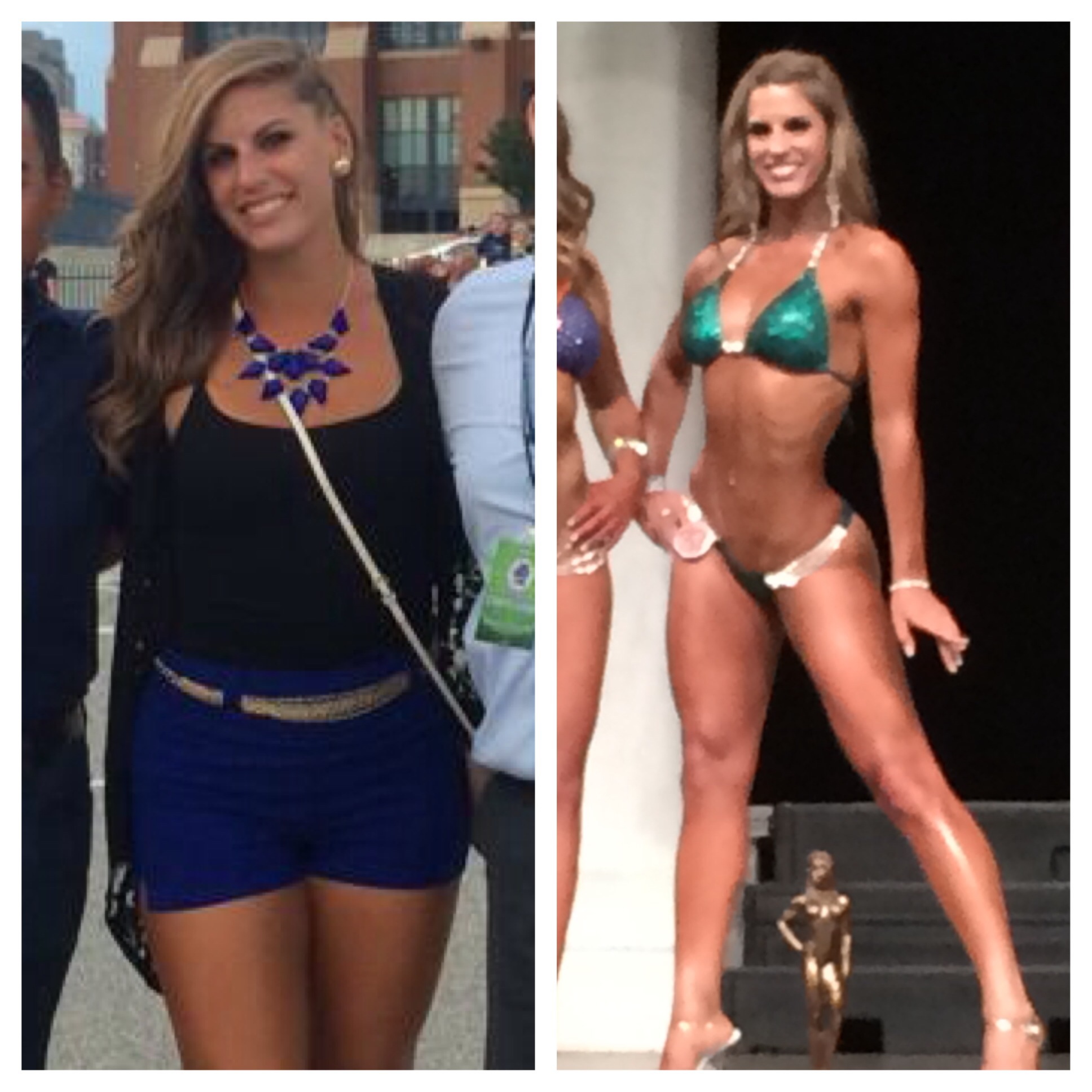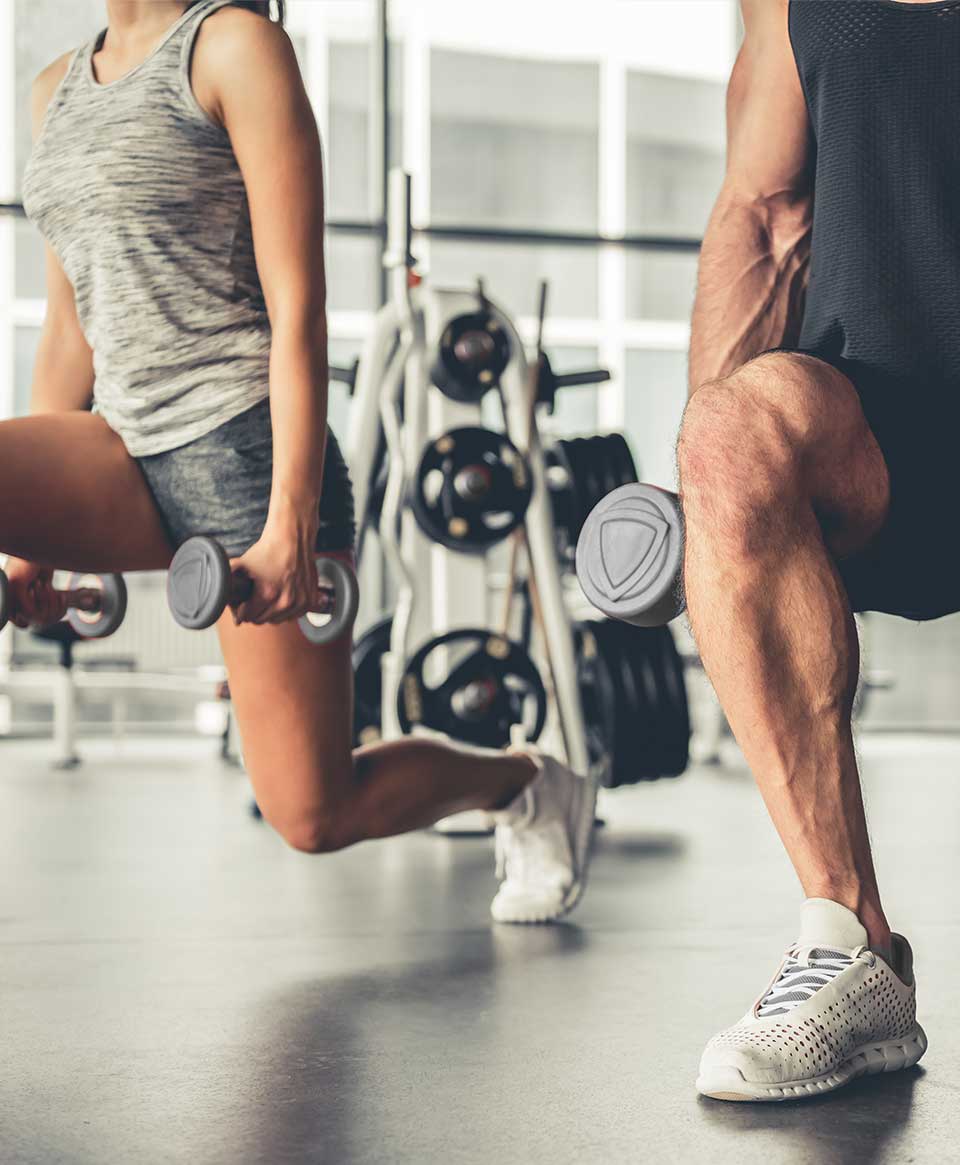
Elite Sport & Fitness Member, Emalee Kengott, lost 12-percent body fat and 27-pounds by changing her diet and exercise routines. Recently, she placed 1st in the Bikini Open Tall and Bikini Novice at the Copper Classic.
It’s time to stop being afraid of fat.
The words “low-fat” and “fat-free” have made healthy eating confusing. Like protein and carbohydrates, fat is an important macro-nutrient your body needs for energy.
Part of losing weight is also about being satisfied with what you are eating so you are not prone to overeat. Studies from Journal of Sports Medicine have found that foods with healthy fats, like avocado and nuts, take longer to digest keeping you fuller longer.
A diet rich in these healthy unsaturated fat, like Omega-3 and Omega-6, has been shown to lower cholesterol and triglyceride levels. They’ve also been proven to help reduce joint inflammation and prevent protein breakdown (which inhibits muscle formation and enzyme production).
Another recent study, this one from the journal of Diabetes Care, found that a diet rich in monounsaturated fats (like walnuts or almonds) may prevent the accumulation of abdominal fat.
Your body can’t produce Omega fatty acids on it’s own. That is why it is important for your overall health and well-being that you get them your diet.
That doesn’t mean you can go cram a cheeseburger and still lose 20-pounds. Not all fat is created equal. Trans fat, like the kind present in margarine and fast foods, have been found to raise your LDL (bad) cholesterol levels. The American Heart Association (AHA) actually recommends limiting consumption of saturated fats to less than seven-percent of your diet.
Instead of cutting fat out of your diet, pay more attention to the fat you’re consuming. To put it all in perspective, a person sticking to a 2,000-calorie diet would hit the seven-percent mark for saturated fats by eating one-tablespoon of butter, one serving of coffee creamer, a slice of bacon or half an order of French Fries.
So how much healthy fats do you need in your diet? According to the AHA, that number would be 44 to 78 grams of fat; so that same man or woman would want their target fat-calorie range to be between 400 to 700 calories. That’s a quarter of an avocado, one-ounce of sunflower seeds, three-ounces of salmon and one-tablespoon of almond butter, all together.
Combining fats, carbs and proteins together will keep your blood sugar stablized and help you avoid hunger-inducing spikes and dips. This is why it’s important to spread your combos throughout the day; not consume them all at once.
In the morning, try:
- Spreading one-tablespoon of natural nut butter on a whole-grain piece of toast.
- Stir chia seeds into your yogurt or oatmeal.
- Add ground flax into your smoothie.
- Sprinkle walnuts into your oatmeal or cereal.
At lunchtime:
- Use olive oil and lemon juice as a salad dressing
- Replace mayo with sliced avocado as a sandwich topper
- Use nuts as a salad topper
As a snack:
- Snack on a handful of trail mix and nuts
- Combine a one-ounce serving of turkey jerky with 12-almonds
- Dip vegetables into guacamole and hummus
- Snack of a tablespoon of natural nut butter with a banana
In the evening:
- Eat a serving of grilled wild-caught salmon with vegetables
- Order Albacore Tuna Nigri at your local sushi restaurant
- Top your dinner off with sliced avocado
- Saute your vegetables in coconut or olive oil

